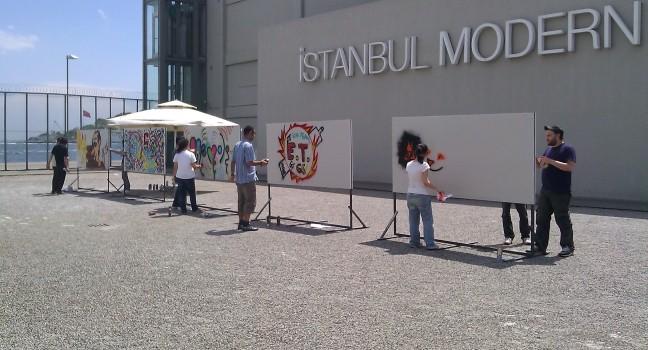İstanbul Modern

Currently housed in a temporary space while its usual home on the shore of the Bosphorus is rebuilt, the İstanbul Modern of Modern Art showcases modern and contemporary painting, sculpture, photography, and works in other media from Turkey and around the world. A top-notch program of temporary exhibitions features significant local and international contemporary artists. A private tour can be organized in English for groups of four or more (20 TL per person) and will give you a good introduction to the art scene in Turkey. The museum also has a small cinema, café, and design store.



